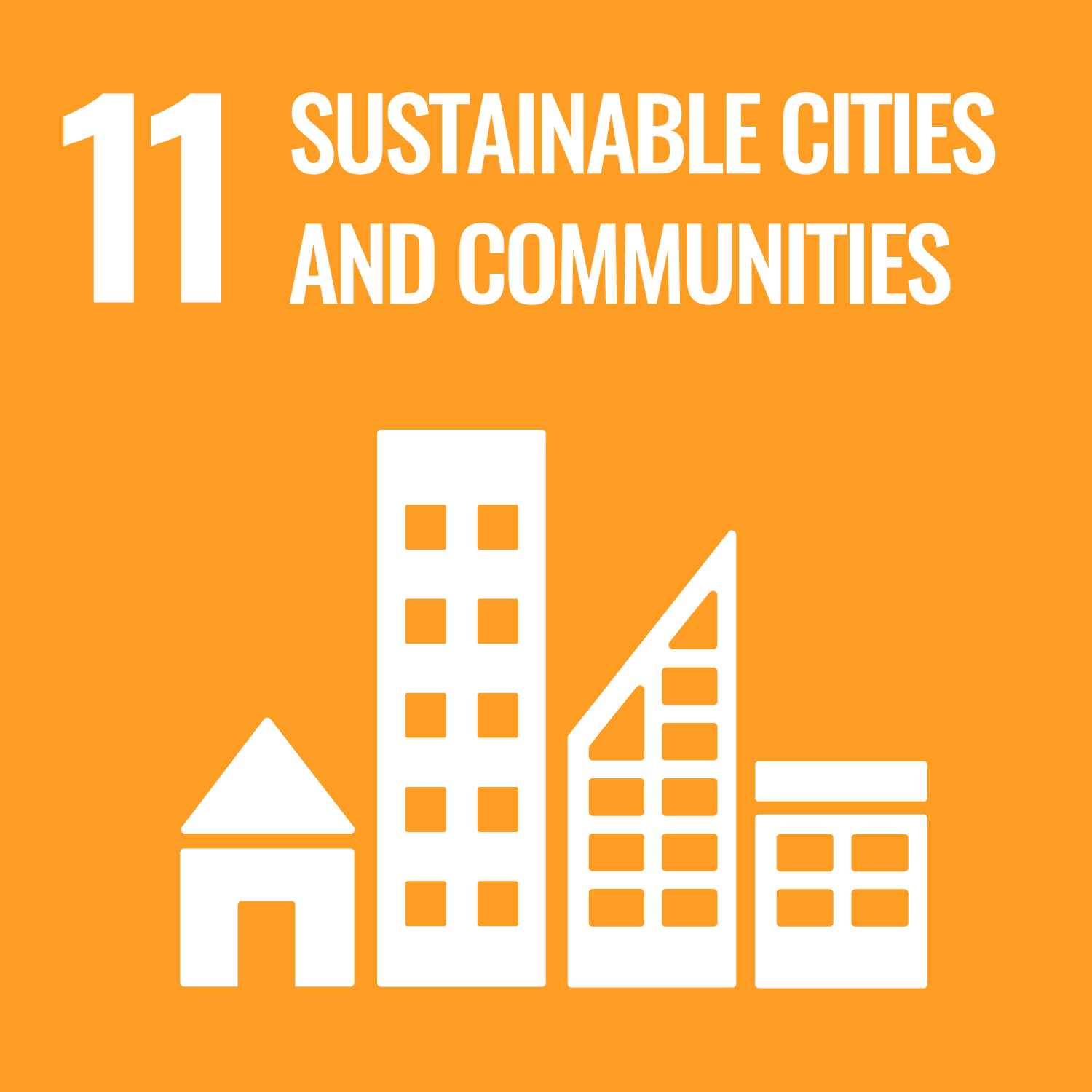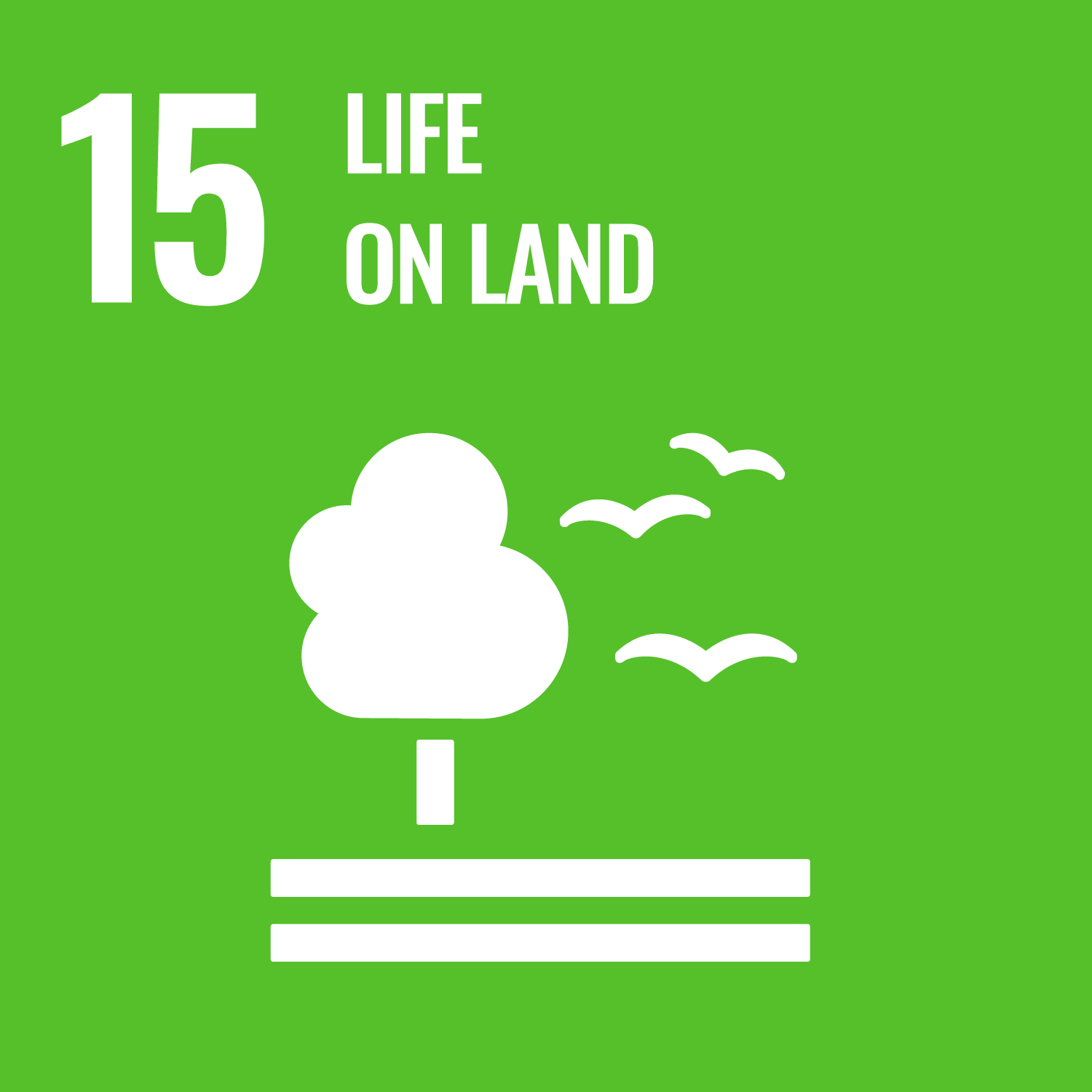Zhi, D., Song, D., Chen, Y. et al. (7 more authors) (2024) Spatial insights for sustainable transportation based on carbon emissions from multiple transport modes: A township-level case study in China. Cities: The International Journal of Urban Policy and Planning, 155. 105405. ISSN 0264-2751
Abstract
Understanding the CO2 emissions and influencing factors of travelers' multiple modes can provide direction for energy conservation and emission reduction, which is of great significance for developing sustainable cities. Previous studies focused on the CO2 emissions of the transportation sector or individual modes. Which has overlooked the variations of emissions within the transport system. Hence, this study focuses on multiple modes (i.e., car, subway, bus, and bike) in the township in the Guangdong-Hong Kong-Macao Greater Bay Area. This study proposes a framework for exploring the spatial autocorrelation of urban transport emission structure based on ratios (i.e., CO2 emissions from each mode divided by total emissions) and key factors by combining spatial econometric model (i.e., Moran's I index and Spatial Error Model) and machine learning model (i.e., Random Forest and SHAP model). In addition, the spatial autocorrelation of ratios at different spatial scales is investigated. The results indicate the high spatial dependence in the ratios from each transport mode and Moran's I indices for four ratios are 0.883, 0.886, 0.706, and 0.776, respectively. In addition, subway and car ratios exhibit a negative spatial correlation (−0.798), and subway and bike show a positive correlation (0.570). Population density, road length, and land use diversity are the key drivers of CO2 emission ratios and have different effects on various transport modes. Furthermore, as the spatial scales expand from townships to distinct and city, the spatial autocorrelation of the ratios decreases. This study could provide policy implications for optimizing urban transport strategies and reducing CO2 emissions.
Metadata
| Item Type: | Article |
|---|---|
| Authors/Creators: |
|
| Copyright, Publisher and Additional Information: | © 2024 Elsevier Ltd. This is an author produced version of an article published in Cities: The International Journal of Urban Policy and Planning. Uploaded in accordance with the publisher's self-archiving policy. This manuscript version is made available under the CC-BY-NC-ND 4.0 license http://creativecommons.org/licenses/by-nc-nd/4.0/. |
| Keywords: | CO2 emissions, Traffic emission structure, Multiple transport modes, Spatial correlation, Spatial error model, SHAP |
| Dates: |
|
| Institution: | The University of Leeds |
| Academic Units: | The University of Leeds > Faculty of Environment (Leeds) > School of Geography (Leeds) > Centre for Spatial Analysis & Policy (Leeds) |
| Depositing User: | Symplectic Publications |
| Date Deposited: | 01 Nov 2024 12:33 |
| Last Modified: | 01 Nov 2024 12:33 |
| Status: | Published |
| Publisher: | Elsevier |
| Identification Number: | 10.1016/j.cities.2024.105405 |
| Related URLs: | |
| Sustainable Development Goals: | |
| Open Archives Initiative ID (OAI ID): | oai:eprints.whiterose.ac.uk:219126 |
Download
Filename: Spatial insights for sustainable transportation based on carbon emissions from multiple transport modes A township-level case study in China.pdf
Licence: CC-BY-NC-ND 4.0



 CORE (COnnecting REpositories)
CORE (COnnecting REpositories) CORE (COnnecting REpositories)
CORE (COnnecting REpositories)